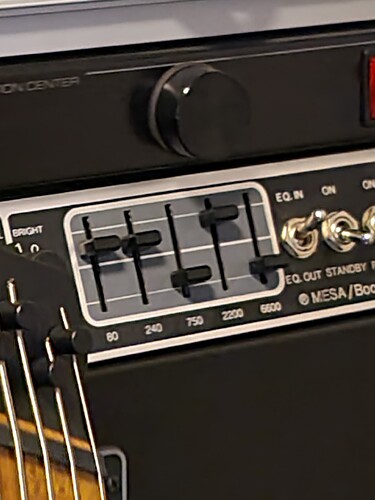For the last week I’ve been bombarded with YT suggested videos about the Soldano Slo Mini. I assume this is a new product that was sent out to all the usual suspects for review, and embargoed until a specific date, after which the gear review stampede began:
I notice there’s also a Diezel VH4 Mini, a Bogner XTC mini, Friedman BE Mini. I didn’t know about these amps.
These companies presumably have no connection to each other, but the amps are all exactly the same size, same price. Also, none of the reviews seem to talk about what’s in the amp. But they don’t appear to be digital, and they don’t have tubes either. The only company that really did the “transistor simulation” thing back in the day was Tech 21. It seems unlikely that all these amp designers coincidently decided to release Tech 21-esque designs that sound like their original amps all at the same time, form factor, price point, etc.
Who is behind all these? Is some third-party company approaching all these amp makers with a plan to mini-fy their signature amps? Or did they all just en masse decide to do this very similar thing?





